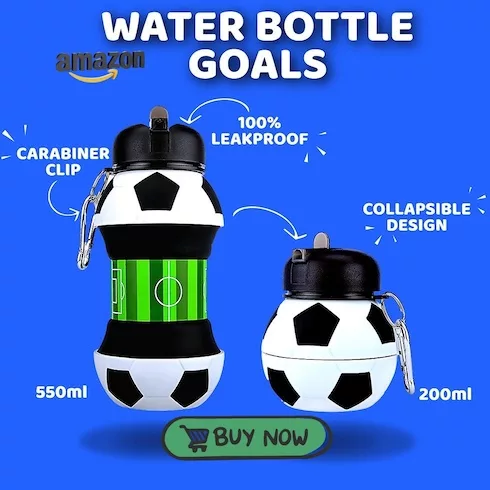NCAA and Power Conferences Agree to Allow College Athletes to Receive Pay
In a groundbreaking move, the NCAA and its power conferences have reached an agreement that will allow college athletes to receive direct pay from their universities. This decision marks a potential departure from the long-standing tradition of amateurism in college sports. The settlement comes as a result of the House v. NCAA class-action lawsuit, which has been ongoing for more than a decade.
The terms of the settlement include $2.75 billion in back-pay damages that the NCAA will owe to former Division I athletes. Additionally, a revenue-sharing model will be implemented between power-conference schools and athletes. This move is expected to bring college sports into the 21st century, ensuring that athletes receive a fair share of the billions of dollars they generate for their schools.
The NCAA Board of Governors and leaders from the ACC, Big 12, Big Ten, Pac-12, and SEC have all voted in favor of the proposed terms, describing it as an important step in reforming college sports. The settlement will reshape the landscape of college athletics and address the ongoing legal challenges and policy changes that have plagued the industry.
Key Details of the Settlement Revealed
While many of the settlement details were reported in recent weeks, the official announcement confirmed that back-pay damages would exceed $2.75 billion and be paid out over a 10-year period. The revenue-sharing portion will begin with 22 percent of the average revenue from power-conference programs, which is projected to be “significantly more than $20 million per school, per year.” This figure is based on recent power-conference revenues and will increase over time.
It is important to note that revenue sharing is an addition to the scholarships, third-party NIL payments, healthcare, and other benefits that college athletes already receive. The total value of the settlement over the 10-year period is estimated to exceed $20 billion, making it one of the largest antitrust class-action settlements in history.
The breakdown of payments for the back-pay damages reveals that the NCAA will be responsible for approximately 41 percent, amounting to roughly $1.2 billion. The power conferences will contribute around 24 percent, while the Group of 5, FCS schools, and non-football DI schools will provide the remaining percentages.
Elimination of NCAA Scholarship Caps and Resolution of Other Lawsuits
In addition to the financial aspects of the settlement, NCAA scholarship caps will be eliminated, making way for roster limits. While no specific details were provided, this change is expected to have a significant impact on college sports.
The House settlement will also resolve two other high-profile antitrust suits: Hubbard v. NCAA and Carter v. NCAA. The NCAA views this resolution as a relief from litigation and hopes it will cover any future legal disputes. However, unresolved issues remain, such as the Fontenot v. NCAA lawsuit, which questions the legality of “pay for play” compensation.
The settlement process is not yet finalized. The terms must be submitted for preliminary approval to Judge Claudia Wilken, who is presiding over the House case. Once preliminary approval is granted, there will be a period for those affected by the settlement to opt out or object to the terms. A final approving hearing will then determine if the settlement goes into effect.
Implications and Future Considerations
While the settlement represents a significant milestone in college sports, there are unanswered questions and potential challenges ahead. The revenue-sharing model negotiated without athlete input raises concerns about unionizing efforts and employment status for college athletes. The NCAA will continue to pursue Congressional antitrust exemptions but believes the settlement provides significant protections and advantages.
The impact of the settlement on Title IX policy and proportional payments to men’s and women’s athletes remains uncertain. There are also questions about how the settlement will affect third-party NIL collectives and the potential for athletic departments to operate those collectives in-house. Financial requirements could strain athletic departments, leading to the possibility of cuts to sports, resources, and administrative positions.
Furthermore, the settlement could widen the gap between power-conference and non-power-conference schools, fueling debates about the future of college football programs. Super conferences or a super league may be considered to address this divide.
While there is still much to be addressed in the months and years ahead, the settlement marks a significant shift in the treatment of college athletes. It paves the way for revenue sharing and a fair compensation system that will have a transformative impact on the lives of college athletes.

